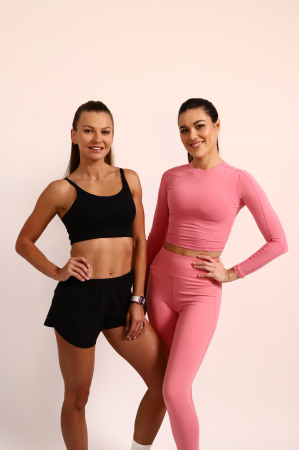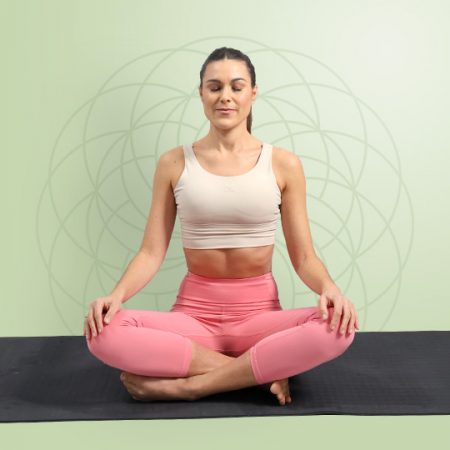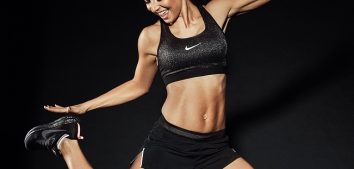
What is Pilates?
Pilates is an increasingly popular training method and I have also included Pilates training in my own workout schedule. Pilates workouts are also available in my Diet&Training by Ann app! Therefore, today I would like to give you a little more information about the rules and goals of this type of physical activity.
A Short Introduction
Pilates is a bodywork technique initiated by Joseph Pilates. The set of exercises he created was to help athletes and dancers during the recovery period after an injury. Since the creation of the first rules, the pilates method has been modified and adapted to the current needs and capabilities of people practicing. At the moment, it is a truly universal form of movement for both the elderly and young, more and less athletic, as well as for those suffering from back pain. The Pilates method strengthens the body, while maintaining the natural curvature of the spine, which is why technique and awareness of the movements are very important. During the exercises, focus on the technique and precision of movements, working with the breath. In this case, the number of repetitions is of secondary importance.
There are a few important things that I would like you to remember after reading this text before you start doing Pilates exercises. First of all, it is worth consulting a doctor or physiotherapist if you have suffered an injury, or struggle with pain.

Transverse Abdominal Muscle
There is no denying that without the awareness of having this muscle, it is impossible to perform Pilates exercises correctly. Where is it located?
It is the deepest abdominal muscle, extends around the waist and is responsible for stabilizing the spine and pelvis. The Pilates method is about strengthening the transverse muscle, which is called TrA (Transversus Abdominus) and Core muscles – the muscles that stabilize the spine. They include:
- trapezius lumbar muscle,
- transverse abdominal muscle,
- pelvic floor muscles,
- multifidus muscle.
Breath
Pilates wouldn’t exist without breathing work. This is the basis from which the training begins. It’s time to get to know the new concept of diaphragmatic breathing and the instructions for its implementation.
BREATHE IN THROUGH THE NOSE: the lungs fill with air, and the chest expands evenly to the sides, the diaphragm goes down.
LONG BREATH THROUGH THE MOUTH: the diaphragm rises, the ribs come closer, and the abdomen is drawn in. It is at this moment that the transverse abdominal muscle is activated, which should be active throughout the exercise.
Most Pilates exercises are performed on the exhale, which provides greater stability. A long, calm exhalation also helps to release tensions from the body.

How to Activate the Transverse Abdominal Muscle?
To feel the transverse muscle in the body, it is a good idea to lie down on the mat, bending your knees, not placing your feet too close to the buttocks. Place your fingers 2 cm below and inwards from the superior iliac spines (these are the palpable bones on your hips). Then, with an exhalation, try to bring the iliac spines closer together, pulling the lower part of the abdomen up. Now you should feel the TrA actively. TrA muscle flex should be between 20-30%. We do not do anything by force and to the maximum extent possible.
I know it’s a lot of information that at first glance may seem difficult to absorb. However, this is not the case at all here, practice makes perfect! Pilates brings a lot of health benefits and more.
I highly recommend this activity because:
- reduces the risk of injury,
- supports the body in the recovery process,
- teaches body awareness and movements,
- reduces tension and stress,
- eliminates back pain,
- supports correct body posture,
- strengthens and firms the body.
As you can see, the advantages are many, and it’s not even the full list!










Comments No Comments
Join the discussion…